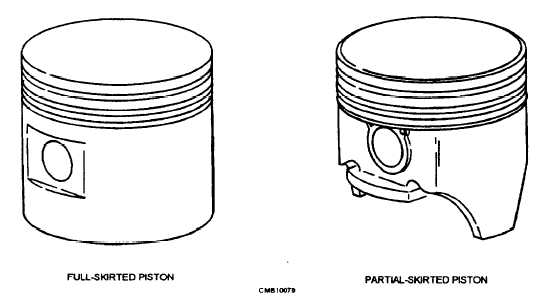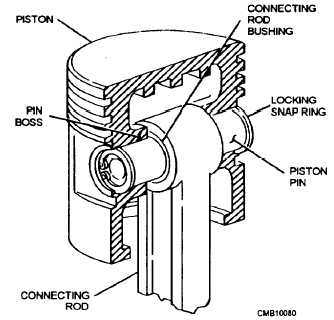
Figure 3-28. - Full- and partial-skirted pistons.
The piston pin (fig. 3-29) serves to connect the piston to the connecting rod. It passes through the pin bosses in the piston and the upper end of the connecting rod. The piston pin must be hard to provide the desired wearing qualities. At the same time, the piston pin must not be too brittle. A case-hardened steel pin is the best to satisfy the overall requirements of a piston pin. Case hardening is a process that hardens the surface of the steel to any desired depth. The pin is also hollow to reduce the overall weight of the reciprocating mass. They are lubricated by splash from the crankcase or by pressure through passages bored in the connecting rod.
There are three methods used for fastening a piston to the connecting rod. The following are the three different types of piston pins (fig. 3-30):

Figure 3-29. - Piston pin.

Figure 3-30. - Types of piston pins.
Continue Reading